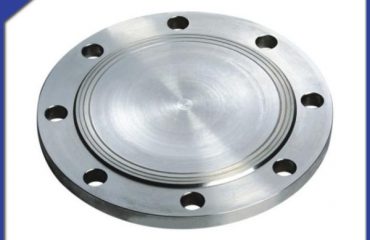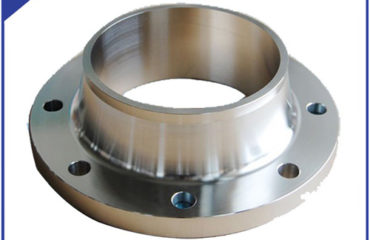Stainless steel material has very good metal material properties and strong corrosion resistance, and is often used in the production of flanges and other pipe fittings connecting stainless steel pipe system structures.
Stainless steel flange, also known as acid-resistant stainless steel flange, has an exceptionally smooth surface, which is not easy to oxidize with the atmosphere and then be damaged. It is often used to connect high-pressure and corrosion-resistant stainless steel water supply pipeline systems.
If the flange of other metal materials is in a humid environment, it will react with the air, which will change the original characteristics of the metal, and then deteriorate and deteriorate. However, stainless steel flanges are rich in chromium-nickel metal elements and passivated by oxidants, and a dense oxide film has been formed on the surface to protect them, which can effectively prevent surface oxidation.
The thermal expansion coefficient of stainless steel flanges is much better than that of copper flanges, which is 1.5 times that of ordinary steel pipes. Compared with copper pipes, stainless steel flanges have the main characteristics of slow thermal expansion and no deformation when shrinking and cooling. In addition, a dense protective film is formed on the surface of the stainless steel flange. Even if it comes into contact with oxygen in the air and is in a humid environment, it will not cause it to corrode and rust, which cannot be achieved by other metal material flanges.

 Language
Language Espanol
Espanol English
English Italian
Italian عربى
عربى
 Skype: chinamaker99
Skype: chinamaker99  Tel: 86-316-5120812
Tel: 86-316-5120812  Email:
Email:  Whatsapp:
Whatsapp: 
